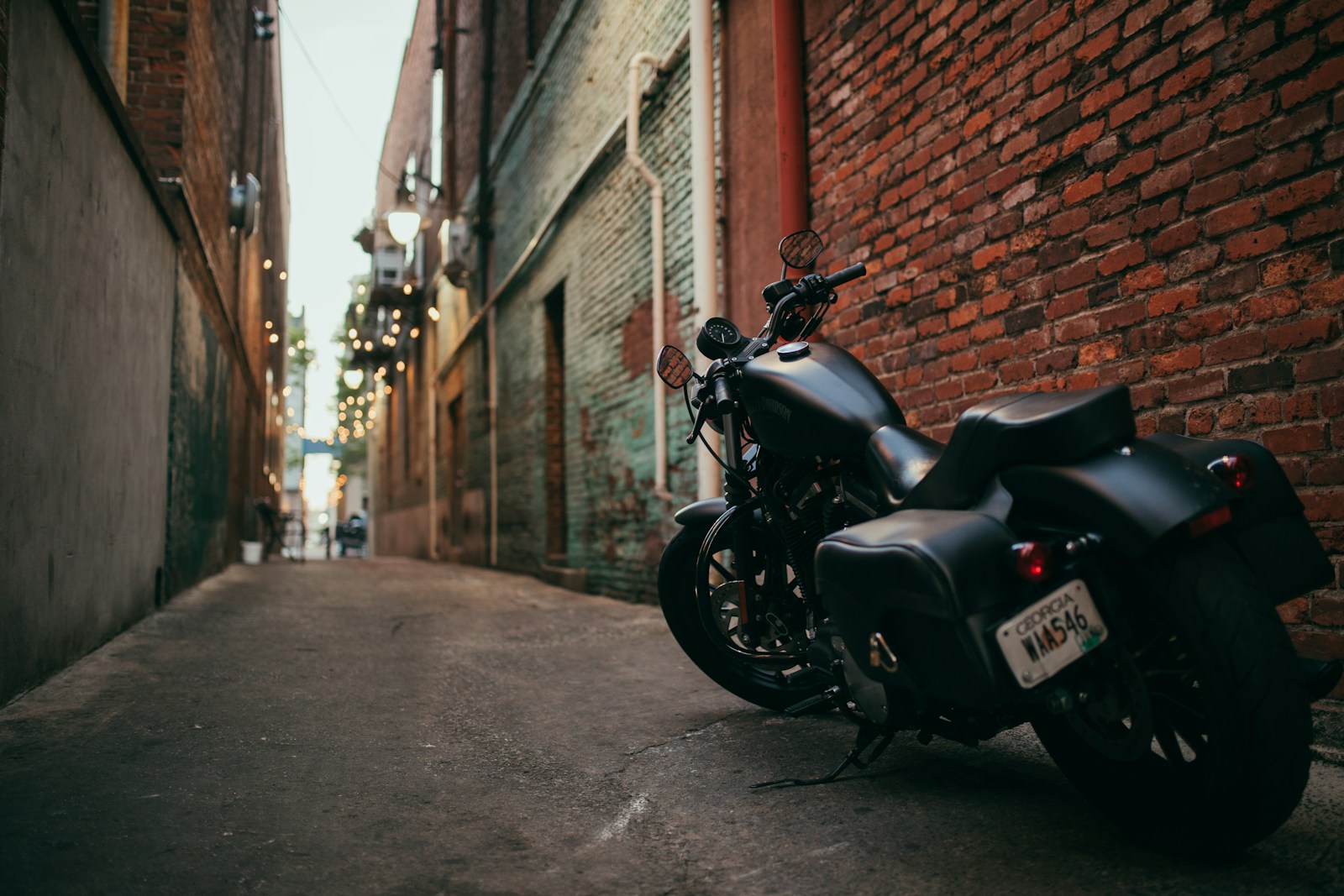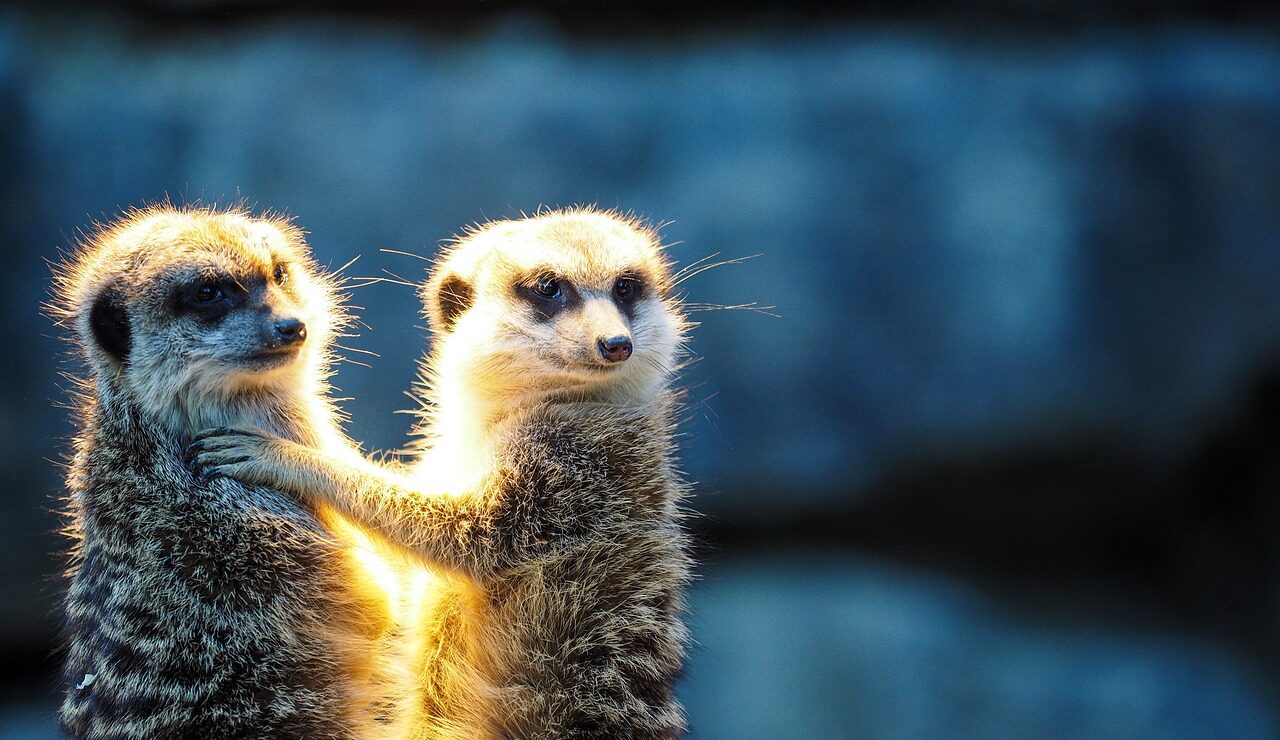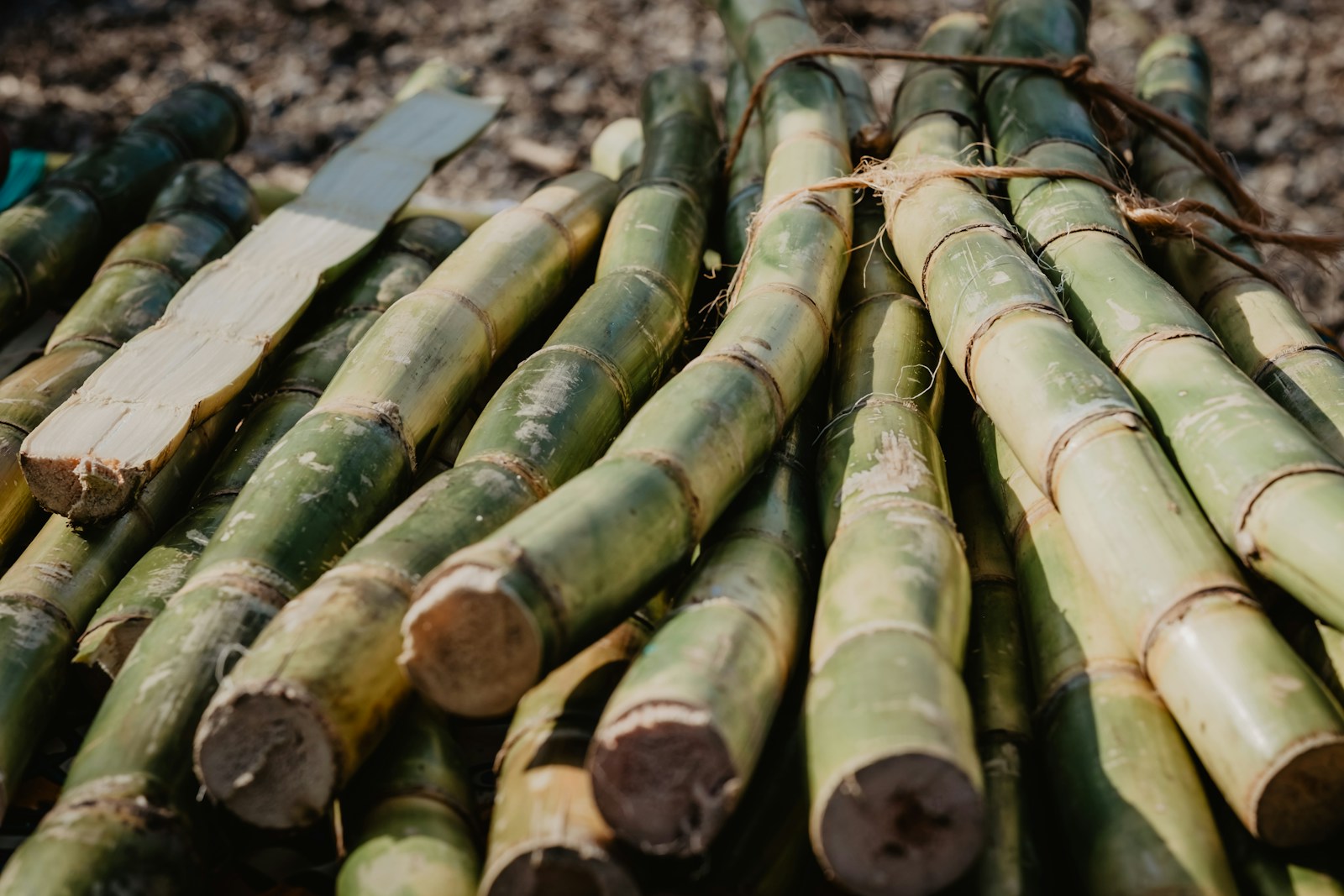Introduction: The Rise of Vegan Leather
As more people seek cruelty-free and sustainable alternatives to animal products, vegan leather has emerged as a popular choice in fashion and accessories. But what exactly is vegan leather, and how is it made? Let’s explore this innovative material, its benefits, and its impact on the environment.
What Is Vegan Leather?
Vegan leather, also known as faux leather, is a material designed to mimic the look and feel of traditional leather without using animal hides. It’s crafted from synthetic or plant-based materials, making it cruelty-free and often more environmentally friendly.
How Is Vegan Leather Made?
1. Synthetic Vegan Leather
- Materials: Made from plastic-based materials like polyurethane (PU) or polyvinyl chloride (PVC).
- Process:
- Plastic is melted and shaped into thin sheets.
- Textures resembling animal leather are applied.
- Pros: Durable, water-resistant, and available in a wide range of styles and finishes.
- Cons: Some synthetic leathers are not biodegradable and can contribute to plastic pollution.
2. Plant-Based Vegan Leather
- Materials: Made from renewable resources like:
- Cork: Harvested from the bark of cork oak trees.
- Pineapple Leaves (Piñatex): Derived from the fibers of pineapple plants.
- Apple Peels: Byproducts from the apple juice industry.
- Mushrooms: Mycelium-based leather grown from fungi.
- Process:
- Plant materials are processed and bonded with non-toxic adhesives to create a leather-like texture.
- Pros: Sustainable, biodegradable, and low environmental impact.
- Cons: Often more expensive and less widely available.
Benefits of Vegan Leather
- Cruelty-Free: No animals are harmed in the production process.
- Versatility: Available in various colors, textures, and finishes.
- Sustainability: Plant-based leathers and innovative production methods reduce environmental impact.
- Affordability: Synthetic vegan leather is often more cost-effective than traditional leather.
Challenges and Considerations
- Environmental Impact: Synthetic vegan leather can contribute to plastic waste if not recycled or properly disposed of.
- Durability: While synthetic options are sturdy, plant-based vegan leather may require more care.
- Transparency: Not all vegan leathers are equally sustainable, so researching brands and materials is essential.
Popular Vegan Leather Brands and Uses
Fashion and Accessories
- Matt & Nat: Known for stylish vegan leather handbags and shoes.
- Will’s Vegan Store: Offers a range of vegan leather footwear and belts.
Automotive
- Tesla: Features vegan leather interiors in its electric vehicles.
Home Décor
- Vegan leather is increasingly used in furniture, upholstery, and home accessories.
Conclusion: A Stylish and Ethical Choice
Vegan leather is revolutionizing industries by offering cruelty-free and often sustainable alternatives to traditional leather. Whether synthetic or plant-based, it allows consumers to make ethical and stylish choices without compromising on quality or design.



